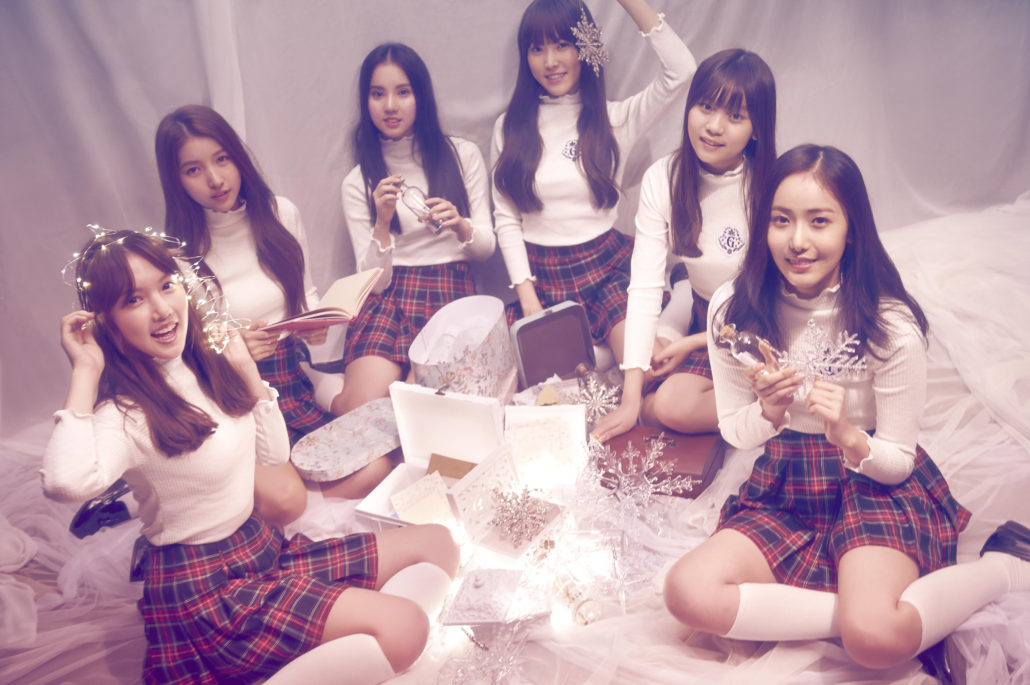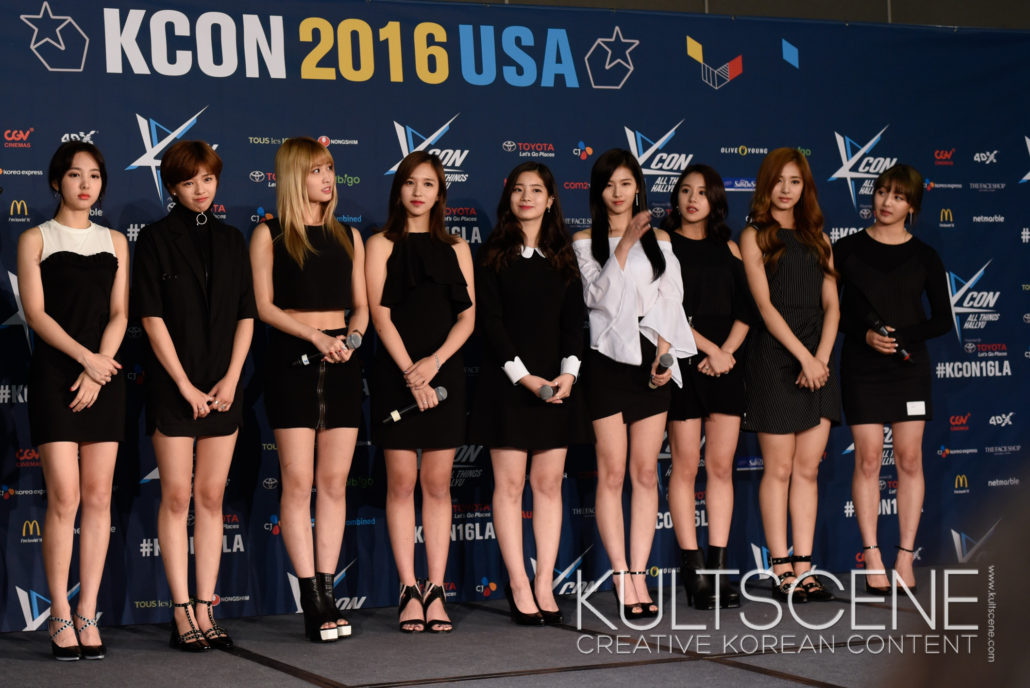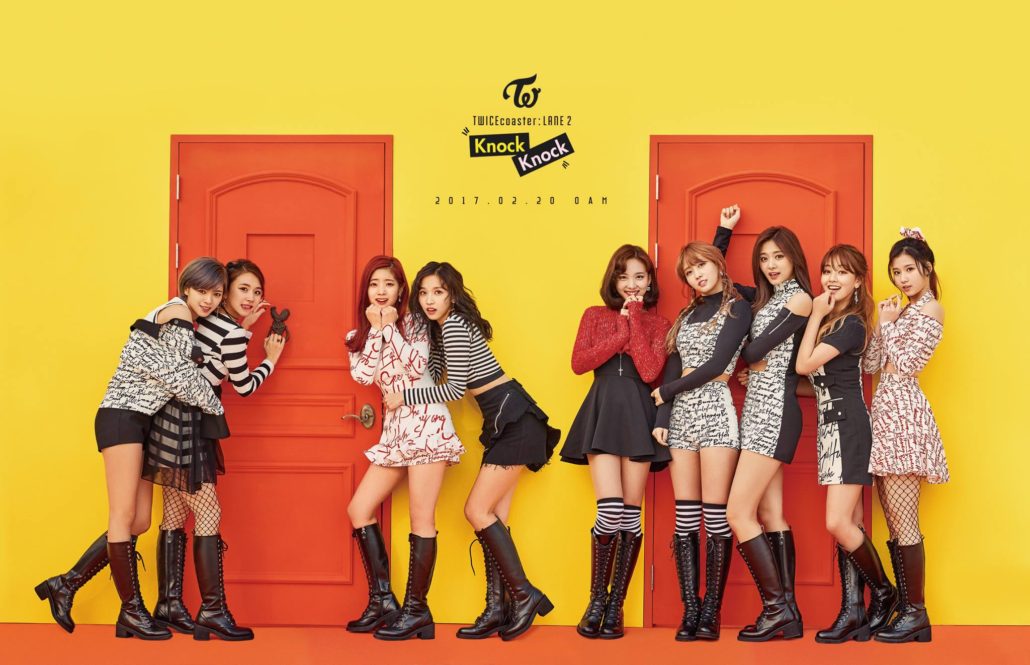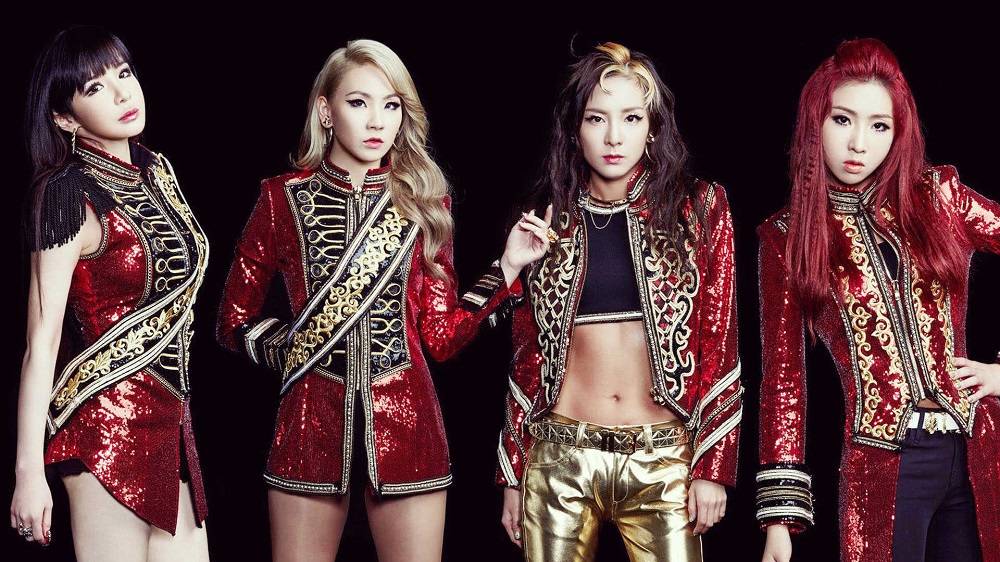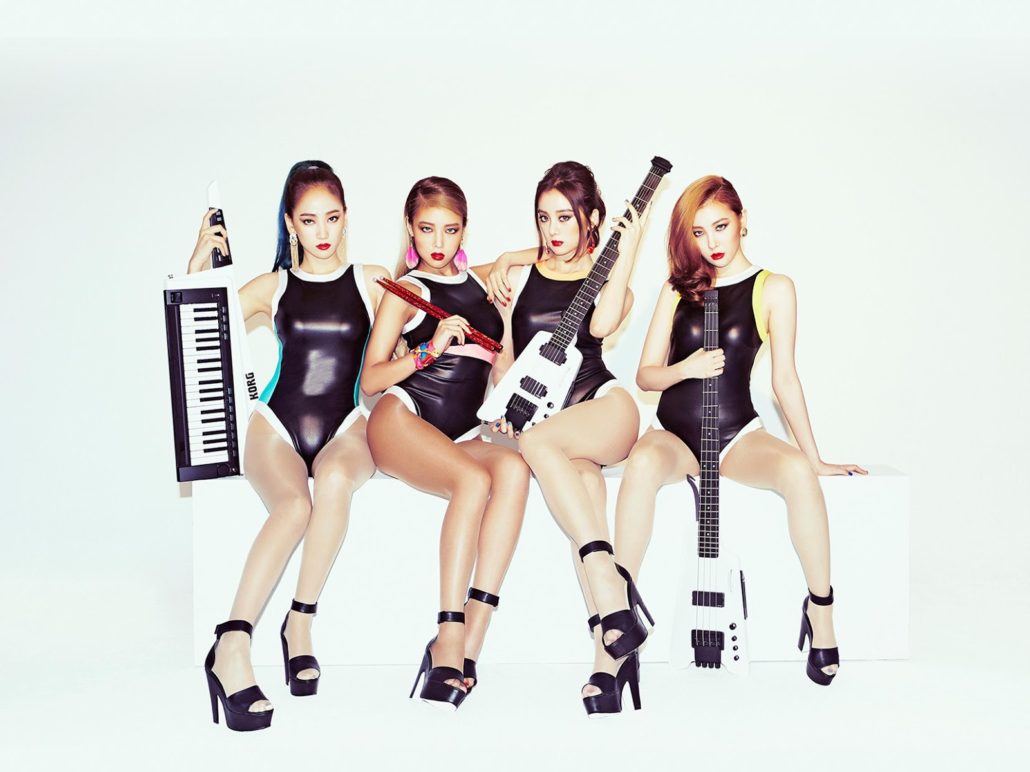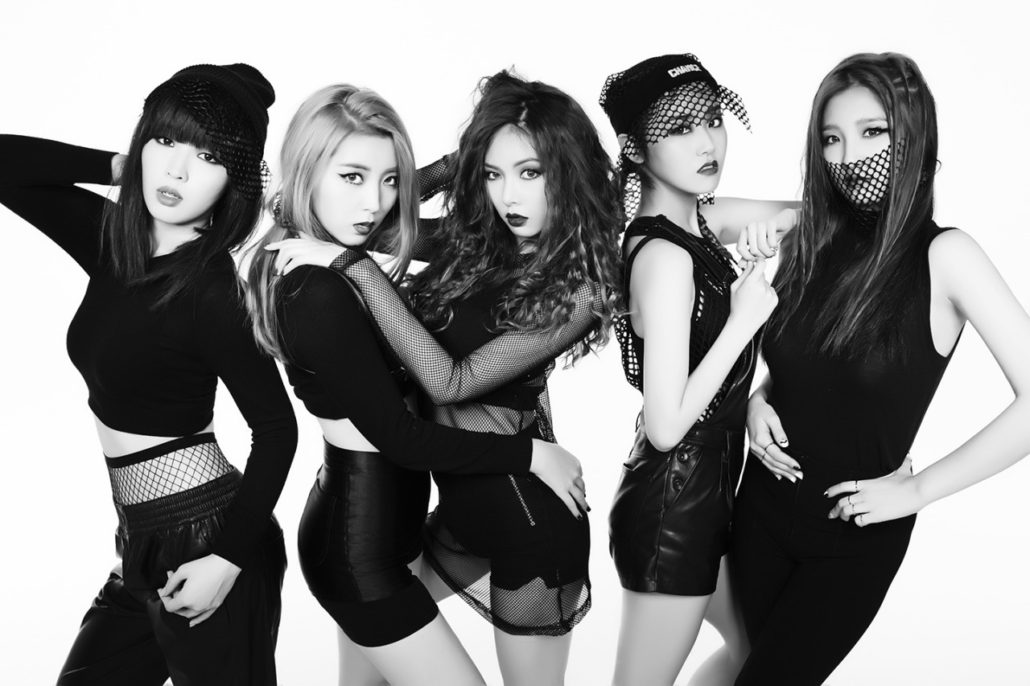The sonic identity of K-pop girl groups: the birth of a new generation
This is the second part of a series in which we discuss the changes in the music of K-pop girl groups throughout the last decade and what these changes say about the environment within which they thrive.
In the last article, we talked about the things that define the K-pop sound and described some sonic features on K-pop songs of the previous generation girl groups, such as T-ara.
Nowadays, the songs that made T-ara so famous probably wouldn’t have the same impact – although that shouldn’t mean they have to disband! Anyway, songs that still carry some of their peculiar characteristics are barely released these days, and when they are, they don’t go too well on charts.
The distinctive traits of the catchy dance songs of the golden days of T-ara can be heard, for example, in “Doo Doom Chit” by Crayon Pop, the most recent single of the group. Its tempo, EDM production, and singing style makes it a typical song that could have been a hit in 2012 or 2013, but had a weak performance in the charts of the year 2016.
The dramatic trait, in its turn, hasn’t been forgotten. In OST ballads and songs released by groups like Gavy NJ and Davichi (both specialized in ballads), you’ll still hear lots of trot-influenced melodies. But in K-pop, it has gotten a new colour. Although the traces of “ppong” are rarely heard nowadays; the dramatic melody, the high note that makes you feel like the singer is crying or begging for something hasn’t died, but today, it has notably less melismas and variations than before. How many vibratos have you ever heard on a single released by Twice or WJSN? Not many.
Also on KultScene: 8 misheard K-pop lyrics pt. 7
How Do K-pop Girl Groups Sound Today?
It’s funny to think about how in 2014 people were buzzing about “the end of K-pop” due to the amount of scandals and weak music releases because from that point on, we can say that the shaping of girl groups began to change. In that year, we saw debuts of groups vocally distinctive such as Mamamoo, Kiss & Cry, Wings, Purfles, and Red Velvet. From these, only the first and last remain successful in their own concepts.
From 2015 on, all the new and successful girl groups are going the cute girl route. The only exception would be Blackpink (who fit a more conventionally feminine concept than we’d expect from a YG Entertainment girl group, but still maintain an edge to its contemporaries). Others had their moments, like IOI (“Whatta Man”) and CLC (“Hobgoblin”), but we can’t even take these into consideration since IOI’s music video strangely alternated scenes of the girls dancing in a sexy way while dressed in leather with scenes of them acting all aegyo (cute) and doing cute friendship stuff (plus disbanding). “Hobgoblin,” for its part, was… well… essentially a rejected 4Minute song.
In general, the new generation of K-pop girl groups gravitate around the same ideas. The sound of these groups consists in overloaded production, full of strong and fast beats balanced by synths and keyboards that bring the stereotyped dreamy girly vibe to their songs.
The most relevant girl groups that debuted in the last three years are:
2014 – Laboum, Berrygood, Lovelyz, Mamamoo, Red Velvet, and Sonamoo
2015 – Twice, CLC, GFRIEND, Oh My Girl, April, and DIA
2016 – Cosmic Girls (WJSN), IOI, Gugudan, and Blackpink
2017 – Pristin (so far)
Nowadays, K-pop girl group music is heavily influenced by synthpop and retro music, especially ‘80s new wave; examples: GFRIEND’s “Fingertip” and April’s “Muah.” However, these traits are combined with 808 beats, strong basses, and EDM or trap elements, as heard in Twice’s “Like Ooh Ahh” and IOI’s “Dream Girls.” Moreover, the music is very accelerated; very high-tempo (listen to Twice’s “Cheer Up,” IOI’s “Very Very Very”). The listener has no time to wait; they want the most amount of fun in the less amount of time.
Entertaining the listener the most in the less amount of time possible includes not making their ears get used to a single melody so easily. Just because it’s a 4-bar verse doesn’t mean all lines must have the same melody. A few examples are WJSN’s “Secret” and Twice’s “TT.” Both have pretty much one melodic pattern every two lines before the chorus, and sometimes even more. It’s okay if there are some pauses in the drumbeat to be funny or weird in a cute way. The members are fragile little princesses and they show it not only by singing, but also talking in a very aegyo way in the middle of the song, like we saw in Pristin’s “We Woo” (“You’re my superhero!”). The line between just talking and rapping is very thin and you can have as many raps as you want in a song and at any time, like in Berrygood’s “Love Letter,” where the rap works as the verse before the chorus, and there’s also another “rap” after the second chorus.
Also on KultScene: EXID’s ‘Eclipse’ album review
Another way of bringing the feminine cutesy to the song is by adding parts where the singers intone verses that make them sound like cheerleaders. Examples: Sonamoo’s “I Think I Love You” (“Love you!”) and Oh My Girl’s “Cupid” (“Hey, cupid has shot my heart”). This cheerful feeling is also transmitted by a harmony that is mostly formed by major chords, which also gives a pure and innocent vibe to the songs, as heard in GFRIEND’s “Me Gustas Tu” (chorus’ chord progression: G C D G Em C Am D G – post-chorus: C D B Em C D G) and Oh My Girl’s “Liar Liar” (chorus: Ab – C# – Ab – C#).
Interestingly, intros can’t be too long. Remember, you can’t keep your listener waiting for too long, they’re in a rush! Examples: Laboum’s “Shooting Love” and Gugudan’s “A Girl Like Me.” Pretty much five seconds into the song, you’re already in the first verse of the song. Also, the less distinctive the singer’s voice sounds amongst the voices of their group mates, the better. Singers must sound like an homogeneous entity, a choir that sings in really high tones like in Lovelyz’ “Wow” and April’s “Tinker Bell.”
To be fair, GFRIEND is a great exception to the homogenous entity fad. They’re one of the few groups we hear nowadays that explore more of their vocal potential through less linear singing, more vibratos, and more space for their tones to differ from each other. To be fair, Mamamoo and Sistar (mostly due to Hyoryn’s outstanding position) do it too, but they don’t fit the standard we’re analyzing now.
Above, we purposely chose only songs with a music video in order to show that this is the standard that sells, since it’s chosen to promote an artist or album. Also, it is also important to keep in mind that we’re talking about the new generation of K-pop girl groups, with focus on those who debuted since 2014. The members of these groups are very young, just like their target. “Adult” girl groups are still around, though, and they still make music suited for their concept, like Girls Day and EXID recently showed. However, trends in culture are often mostly focused on youth. Therefore, with the generation shift, more established groups gradually began to shy away from the spotlight and younger groups who brought back the focus on the cute concept, as discussed above, took center stage. In the next article, we will discuss what those trends might tells us about culture today.
What’s your favorite K-pop girl group that debuted in the last couple of years? Let us know your thoughts in the comment section below and be sure to subscribe to the site and follow us on Facebook, Twitter, Instagram, and Tumblr to keep up with all of our posts.

